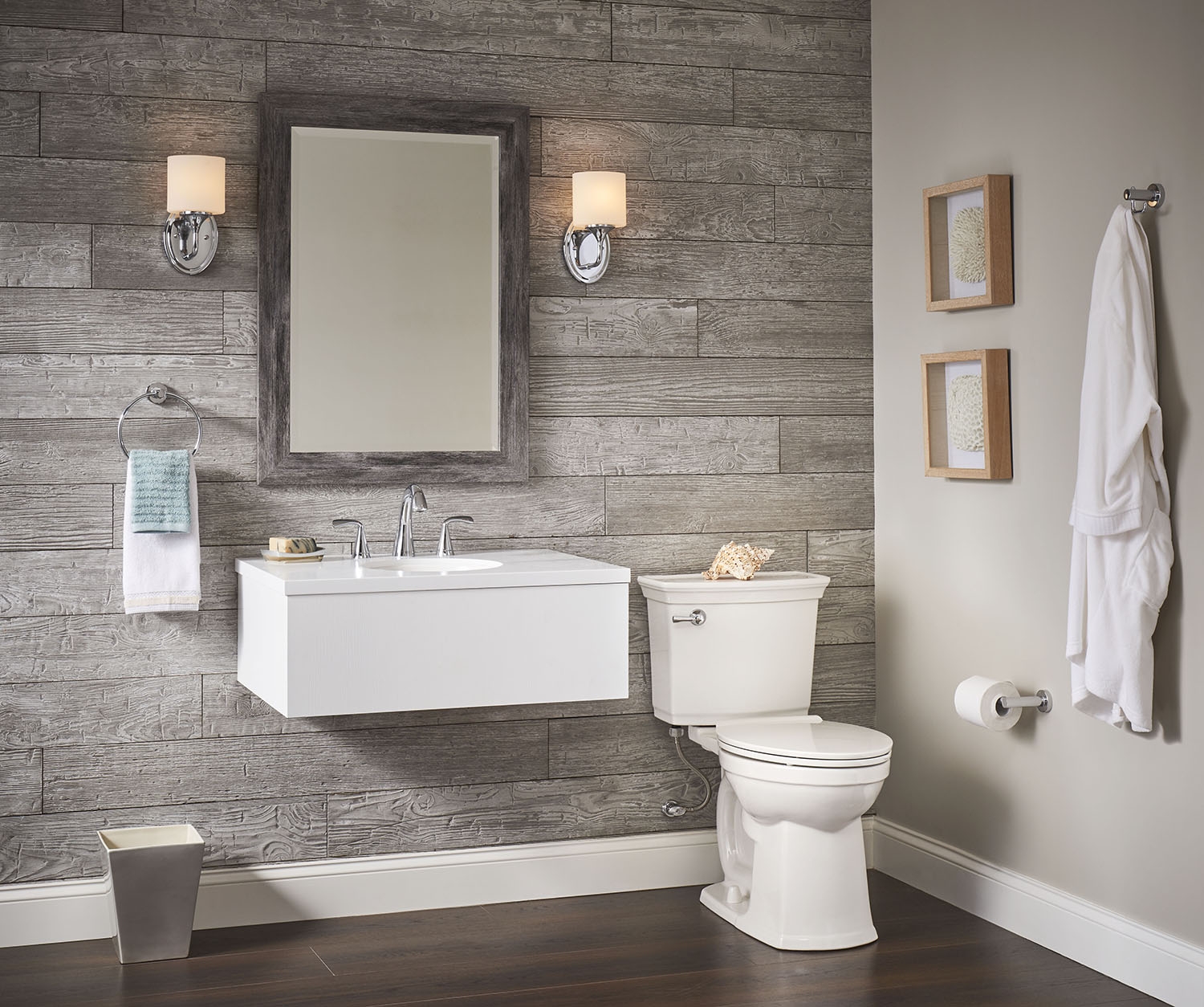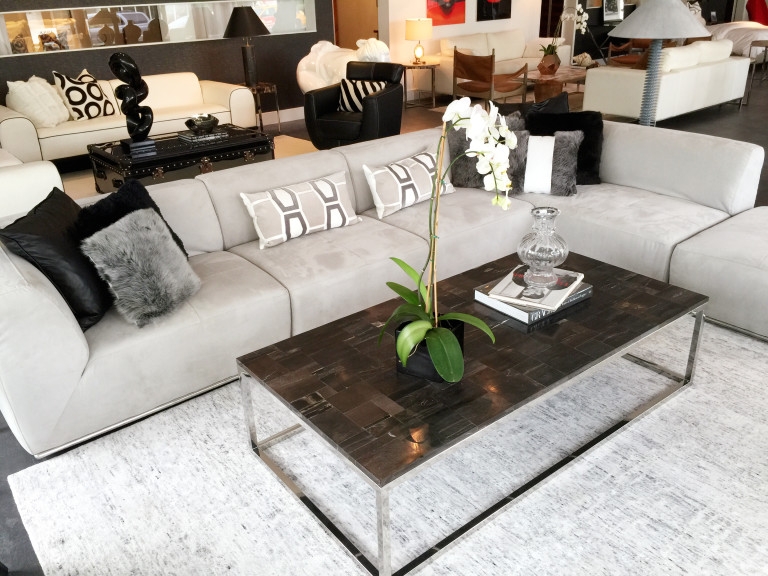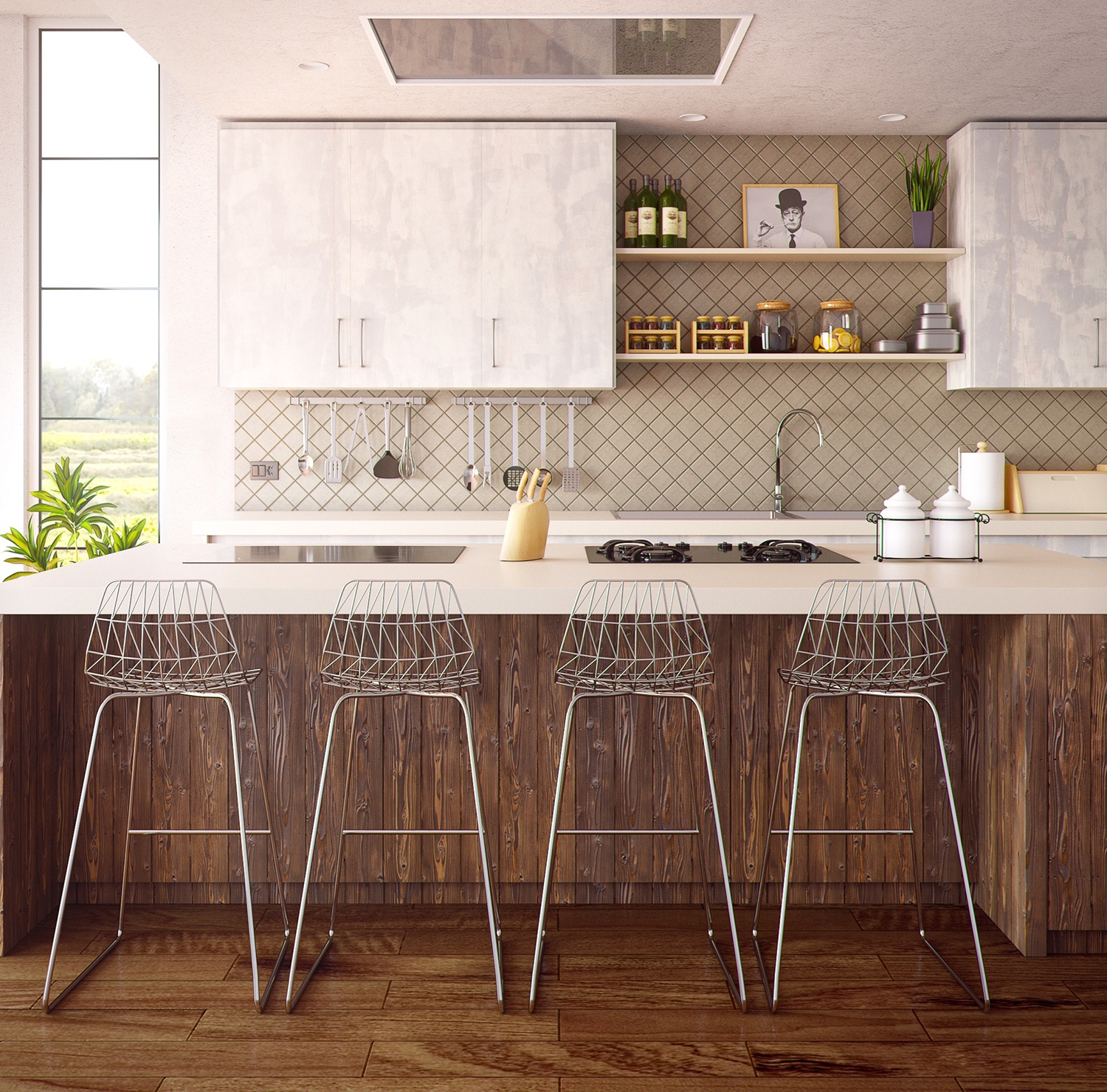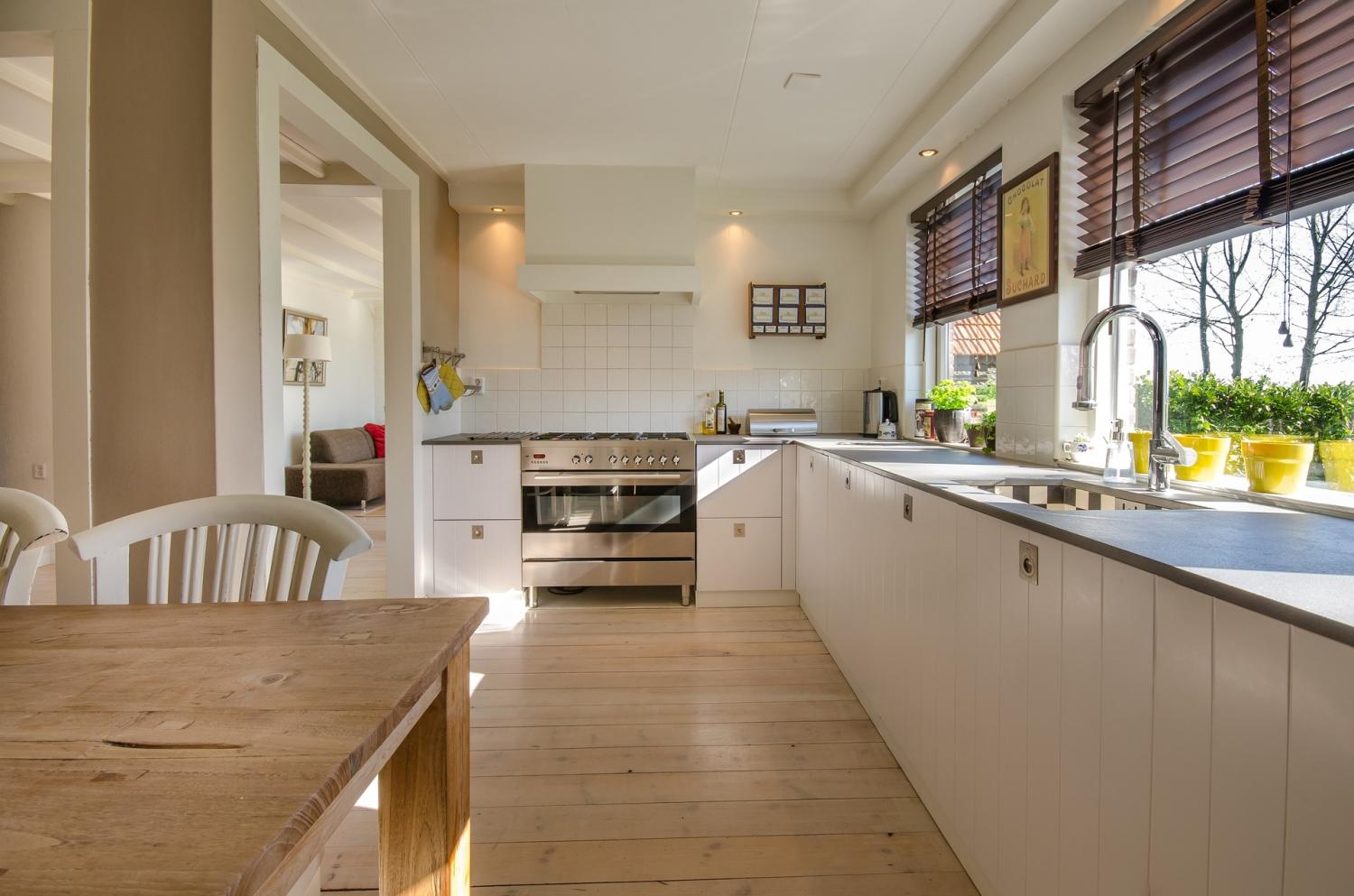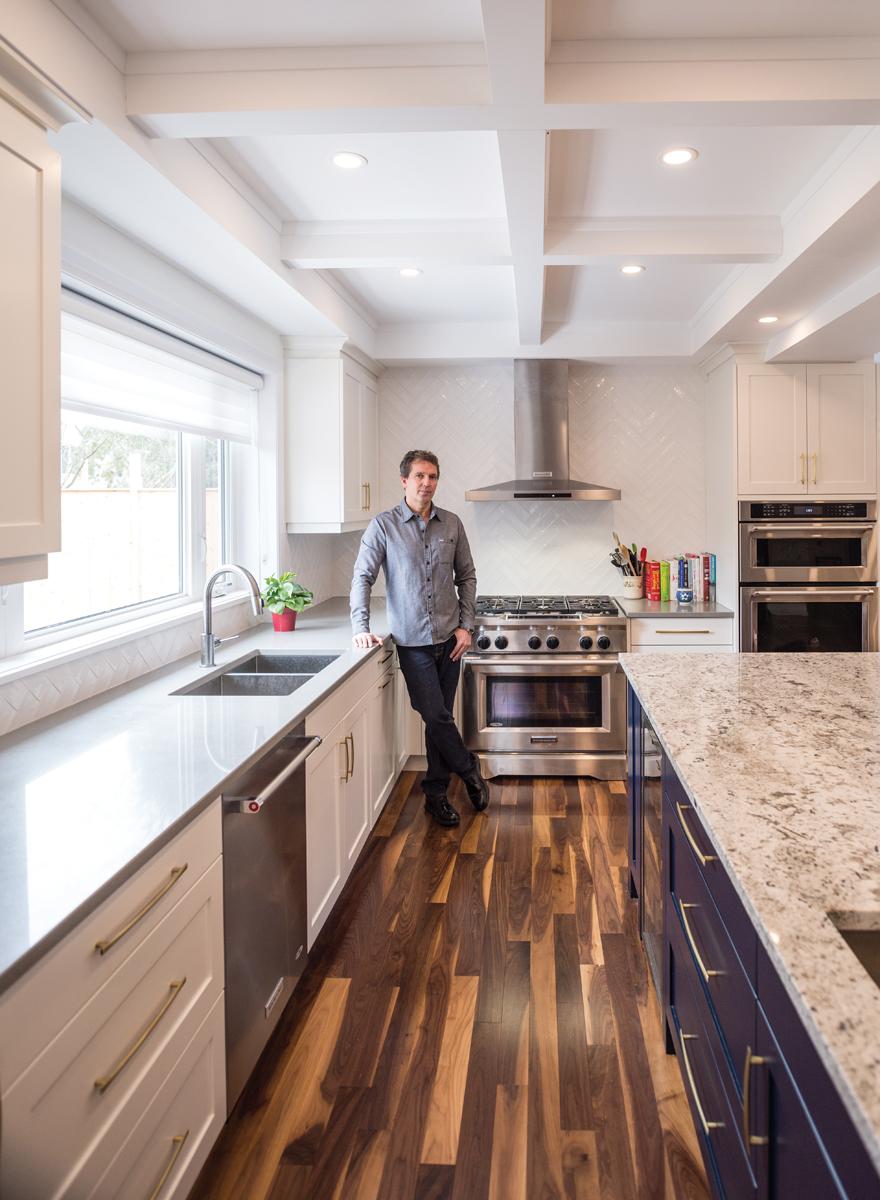
Smart. Simple. Strong.
Niels Luettge is not in the business to simply design and build houses. He creates living spaces that reflect prospective home owners in their entirety. More than “functional," a job well done has to be aesthetically impressive and architecturally sound, while addressing the wish list of the client.
Luettge tells me of a project that his company, Open Concept Home Design (OCHD), recently finished in Manor Park.
 “Near the end of the project, I was walking through the house, admiring the sightlines, the visual relationships of connecting rooms, the details in the floor finishes, the inviting modern kitchen, the subtle strategic lighting and just how everything had come together. There was no furniture, artwork or people yet, but the project was complete. It was 10 at night, and I called my client up to say, ‘Come over here. You have to experience your new home as it sits now.’ We opened up a bottle of champagne and walked through the brand-new home. There’s no better feeling.”
“Near the end of the project, I was walking through the house, admiring the sightlines, the visual relationships of connecting rooms, the details in the floor finishes, the inviting modern kitchen, the subtle strategic lighting and just how everything had come together. There was no furniture, artwork or people yet, but the project was complete. It was 10 at night, and I called my client up to say, ‘Come over here. You have to experience your new home as it sits now.’ We opened up a bottle of champagne and walked through the brand-new home. There’s no better feeling.”
The Manor Park project is the ideal experience for Luettge: A young family in a great neighborhood who loved everything other than the house itself. Moving to a new location was not a preference. The solution was to re-design the house from the ground up, and incorporate a new design that addresses all the wants and wishes of its tenants, while being guided by the architectural understanding of an expert.
Luettge explains how he works with clients:
“You just have to give me a little bit of direction. I’ll tell a client, give me a few photos of houses that they like. Show me a car you like, artwork, anything. I’ll interpret that and blend in my own architectural background. We start an evolution.”
“I start with the architectural direction provided by the clients. We then sit down together to review conceptual floor plans and elevations. We discuss and elaborate on all details of the building design. I then revise the drawings to address the comments and we sit down to review again. Typically, within two to three visits I’ll have the drawings depicting exactly what the building is going to look like.” These design drawings are then transitioned into detailed working drawings ready for building permit and construction.
Luettge’s team of expert trades and contractors will then step in, and it will only be a matter of time before those drawings come to life.
Luettge works in all aspects of home building: new custom homes, estates, small additions, renovations, restorations, you name it. Commercial work includes a list of restaurants, shops, yoga studios, and a recent 2-storey tenant fit-up for Baseball Canada. He takes full ownership of OCHD and the projects that they take on. Not only is he designing these homes, but he is also onsite, overseeing and facilitating all aspects of the construction.

“From footings to finishes, that’s what we do,” Luettge says. “I know the building inside and out before the first shovel enters the ground. And I’m there every day to make sure everything runs smoothly.”
For Luettge, a skill for fine arts runs in the family. His parents immigrated from Germany, where his uncle was a prominent architect. Though he has always had an interest in architecture, an important moment for him came by way of a trip to Montreal in his adolescence. Though the intention of the trip was to attend the annual Formula 1 Grand Prix, what remains in his memory from that excursion is Moshe Safdie’s Habitat 67, the modernist urban residential structure which still stands as an important element of the Montreal landscape.
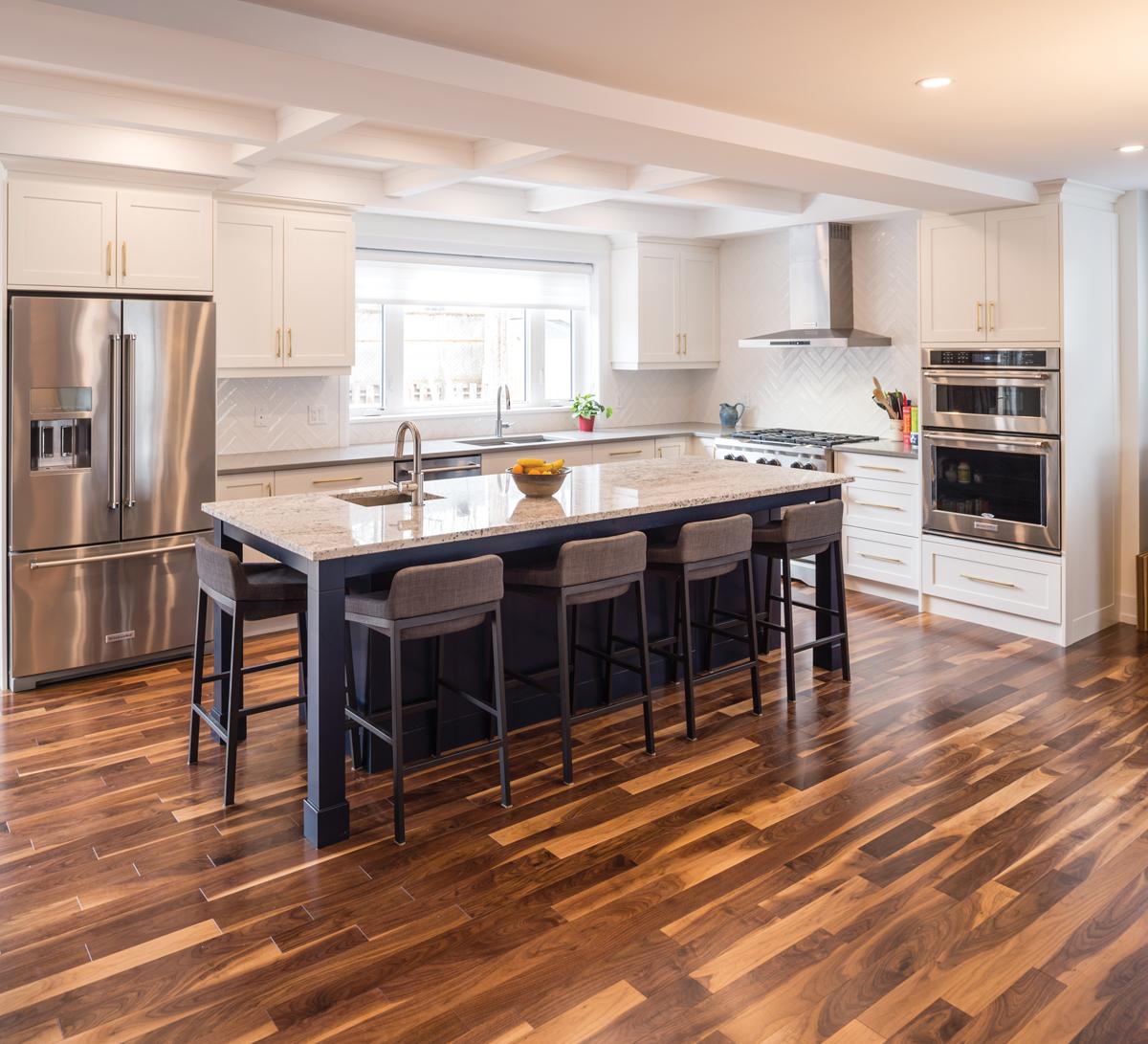
Even as he shows me a picture of the apartment complex now, he takes a long, thoughtful moment to appreciate the intricacies of its design. “I think that’s the moment where a brief understanding and appreciation for architecture came to me. A pure demonstration of boundless design.”
Through college in Ottawa, the great Frank Lloyd Wright served as another inspiration. Luettge especially appreciates the Chicago architect’s use of cantilevers and structural engineering in bringing his buildings to life.
“Wright was a master of new design. I don’t think there is anyone who practices architecture that isn’t influenced by him in some form or another.” Luettge shows me more samples of his work in Ottawa, demonstrating floating masses and elements where one might think “posts” should be there for structural support.
Though Luettge is passionate about the artistic side of his work, he notes that practical, hands-on experience is needed to be successful in architecture. Spending time working on a job site is equally as educational to the time spent in the classroom.
“Working in construction before college and conducting framing inspections for various home builders in the work force after gave me experience to better understand how buildings are assembled,” he explains. “Students and grads often ask me for direction in getting design experience, and I always tell them to get some experience on a job site to really get a sense of how the whole construction process works. That will lead to a better comprehension of drawing details.”
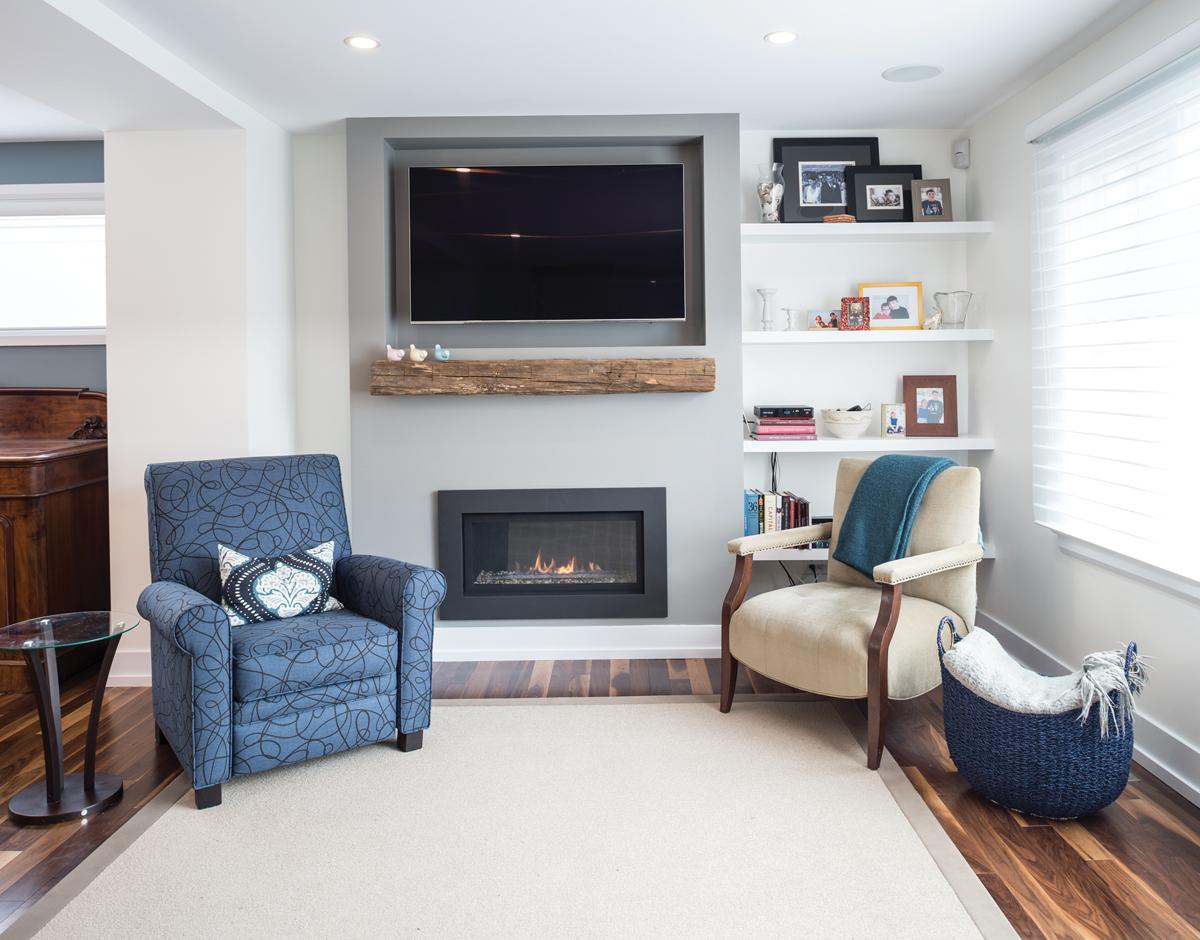
Nevertheless, he does not approach a project from a purely practical, workman-like angle, but in the way that an artist approaches a blank canvas. The creative aspect of his work comes out even more when he is designing a custom home, something which he considers to be his favorite kind of project.
“When you’re starting with a custom house, it’s a fresh slate. It’s a white canvas, and you start from the ground up,” he explains. “I also enjoy the architectural challenges of designing on smaller lots or projects. The goal is to make a smaller space feel bigger through design.”
Whether it be the restoration of a 140-year old Victorian mansion, or a contemporary home in the countryside, Luettge makes sure that the finished product speaks directly to the client’s heart and lifestyle. Whatever the project may be, he guarantees a design that speaks directly to the homeowner’s needs and identity, while blending in with the surrounding environment.
It’s not just about the house looking good, though. Home design is a technical and precise process. As the saying goes, architecture should be 99 per cent invisible. The beauty of the finished product has to follow form and function. He stresses that beyond possessing strong artistic sensibilities, he’s a qualified builder, precise and meticulous about the work that he does.
“There’s really no room for error,” says Luettge. “This attention to detail is a service that few can provide. You want a manager onsite who not only cares about the project’s success, but someone that has a complete understanding of all the complexities of the job, and how it all comes together.”
This not only applies to the construction itself, but with everything surrounding the building project. Luettge believes that scheduling is vital to a successful project, as is having trusted trades personnel and suppliers to work with.
The best part of the job for Luettge is the final walkthrough, where he experiences the space that he has overseen from conception.
“When you get to walk through it… there’s something really special about that. It’s amazing.”
I don’t think there’s been a time where I’ve walked through a finished project and not thought, “I’d love to live in this house.”
openconcepthomedesign.com
PHOTOGRAPHY BY: Marc Bourget and Kevin Daly

